| Structure | Name/CAS No. | Articles |
|---|---|---|
 |
Ethanol
CAS:64-17-5 |
|
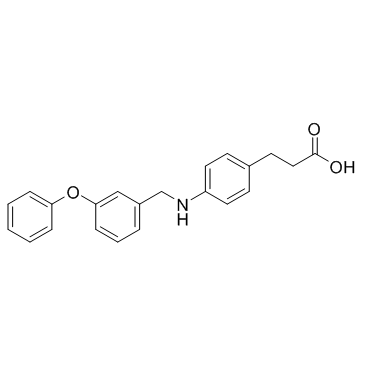 |
GW9508
CAS:885101-89-3 |
|
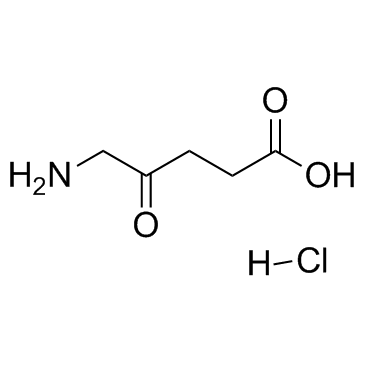 |
5-Aminolevulinic acid hydrochloride
CAS:5451-09-2 |
|
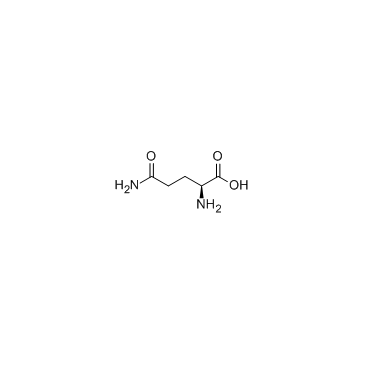 |
L-Glutamine
CAS:56-85-9 |
|
 |
Dexamethasone
CAS:50-02-2 |
|
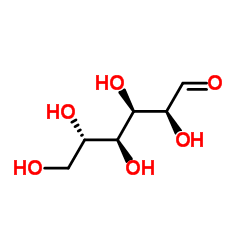 |
L-Glucose
CAS:921-60-8 |
|
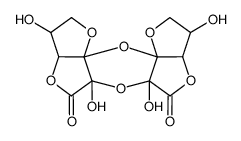 |
Empirical Formula(Hill Notation)
CAS:72691-25-9 |
|
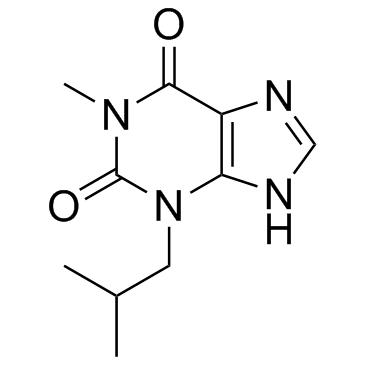 |
3-Isobutyl-1-methylxanthine
CAS:28822-58-4 |